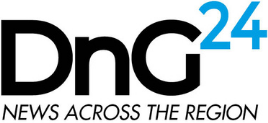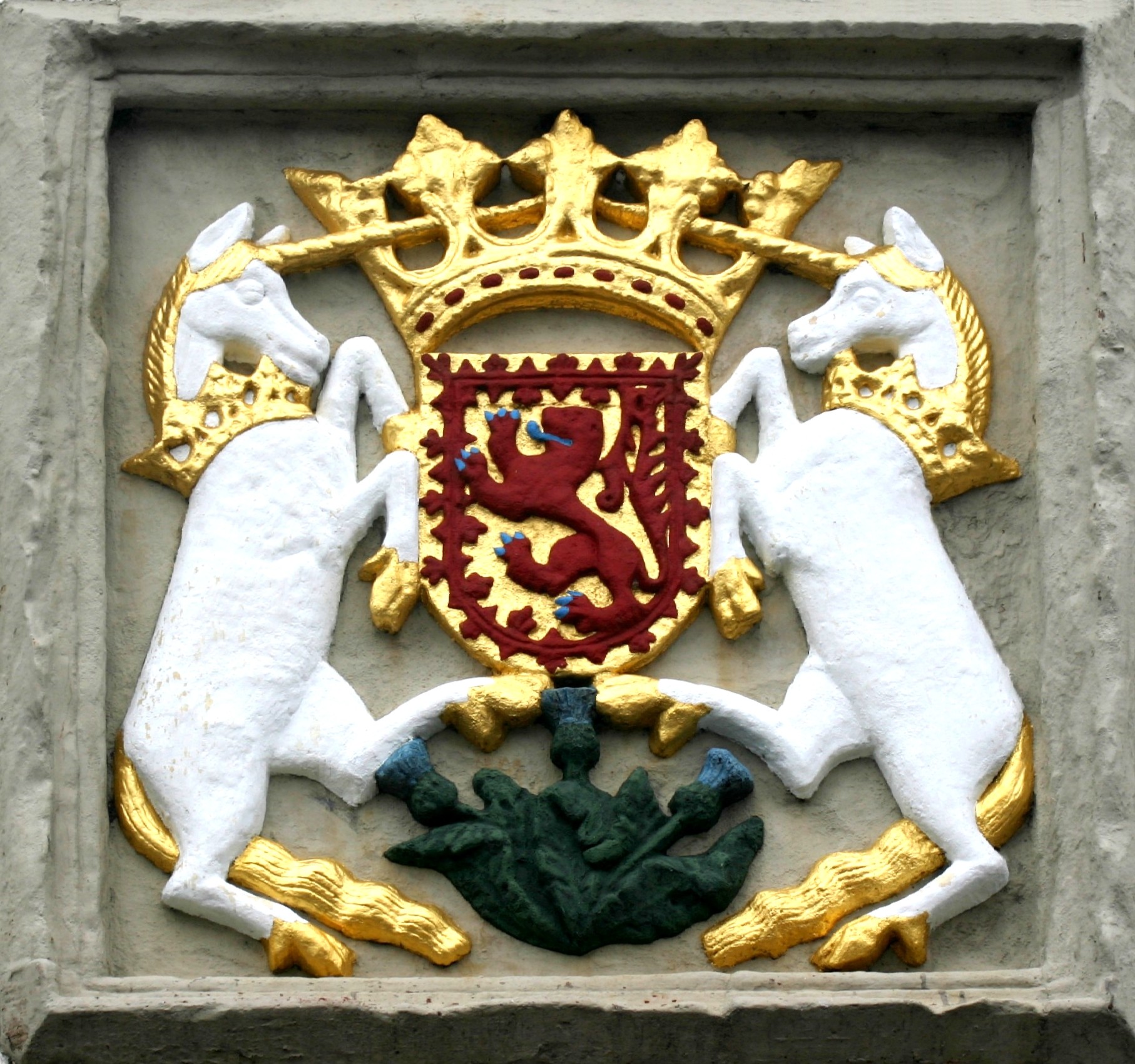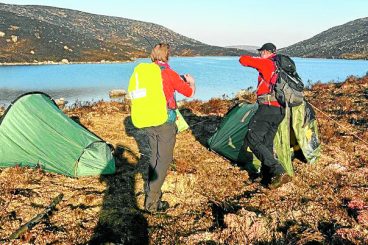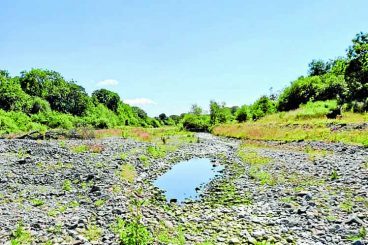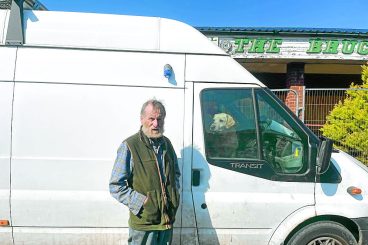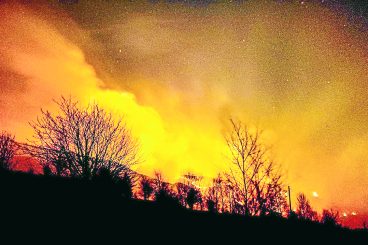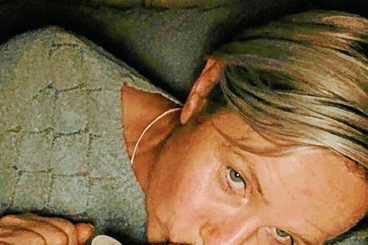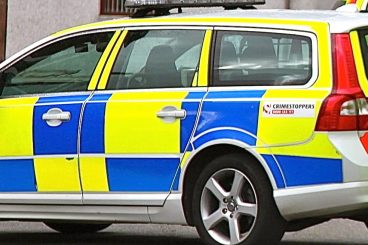‘ARCHITECTURE Heraldry in Dumfries and Galloway’ was the topic at the Dumfriesshire and Galloway Natural History and Antiquarian Society (D&G Heritage) last Friday.
Speaker Prof James Floyd was formerly district geologist for the South of Scotland, and has a long-standing interest in Scottish heraldry.
He started his talk by outlining the essential components of a coat of arms. The central part is a shield, with ‘supporters’ on either side, usually people or animals, while above there is often a helmet, surmounted by a hat and a crest. Then there is a banner with a motto. Not all coats of arms have all these features, and in some cases there is not a full shield etc but merely a crest.
Prof Floyd then gave a heraldic tour through Dumfries and Galloway, from east to west. His examples included gravestones. monuments, town halls, town signs, inn signs, and even, in the case of Macdowell of Logan, an earthenware planter with his coat of arms.
Starting with Moffat, there are several coats of arms in the churchyard, including the McAdam arms on the gravestone of John Loudon McAdam, who invented the ‘tarmacadam’ road surfacing material.
The old post office building in Annan has a fine cast iron royal coat of arms – except that the English, rather than the Scottish coat of arms was used by mistake!
Sanquhar Tollbooth has the coat of arms of the Crichton family, who were the local landowners.
In Lochmaben the coats of arms of the Bruce and Wallace families are to be found in stained glass windows in the church.
St Michael’s Church in Dumfries is particularly rich in coats of arms, both inside and out. Prof Floyd pointed out how much better preserved the coats of arms within a building are than those exposed to the elements outside. Many of the latter are deteriorating to the point where most of the detail has been lost, for example the armorial panel over the doorway at Caerlaverock Castle.
Moving to the Stewartry, the bridge over the River Dee in Kirkcudbright has the coats of arms of the Royal Burgh of Kirkcudbright, and those of the Stewartry itself, on the parapet. In Gatehouse of Fleet the signs at neighbouring Murray Arms and the Masonic Arms display the arms of the Murray of Broughton and the Freemasons respectively. Likewise, the Selkirk Arms in Kirkcudbright has a modern sign displaying the arms of the Earl of Selkirk, but sadly the artist altered the colours so it is not a true representation, something that happens frequently in modern reproductions.
In Wigtownshire the best source of heraldic arms is the huge monument to the 9th Earl of Galloway in Newton Stewart. This contains not only the Galloway arms, but also those of the Beauforts as his wife was the daughter of the Duke of Beaufort, there are also various crests on each of the pinnacles. Interestingly, the Galloway arms includes a pale blue and white chequered rectangle, which gave rise to the symbol that is now used by police forces throughout the world.
Wigtown has its coat of arms over the town hall doorway, a work that dates back to 1678 and is well preserved for its age. In Whithorn, above, the arms of the kings of Scotland, recently very well restored by Historic Environment Scotland, are to be found over the Archway into Bruce Street pend.
n The next meeting will be held at The Bridge, Dumfries, and also online, on March 14 at 7.30pm. The speaker will be Dave Cowley on ‘Filling the Gaps and thinking about Settlement Patterns in the Early Centuries AD – recent LiDAR-informed work’. Further information can be found on the Society’s website, www.dgnhas.org.uk, or its Facebook page.
